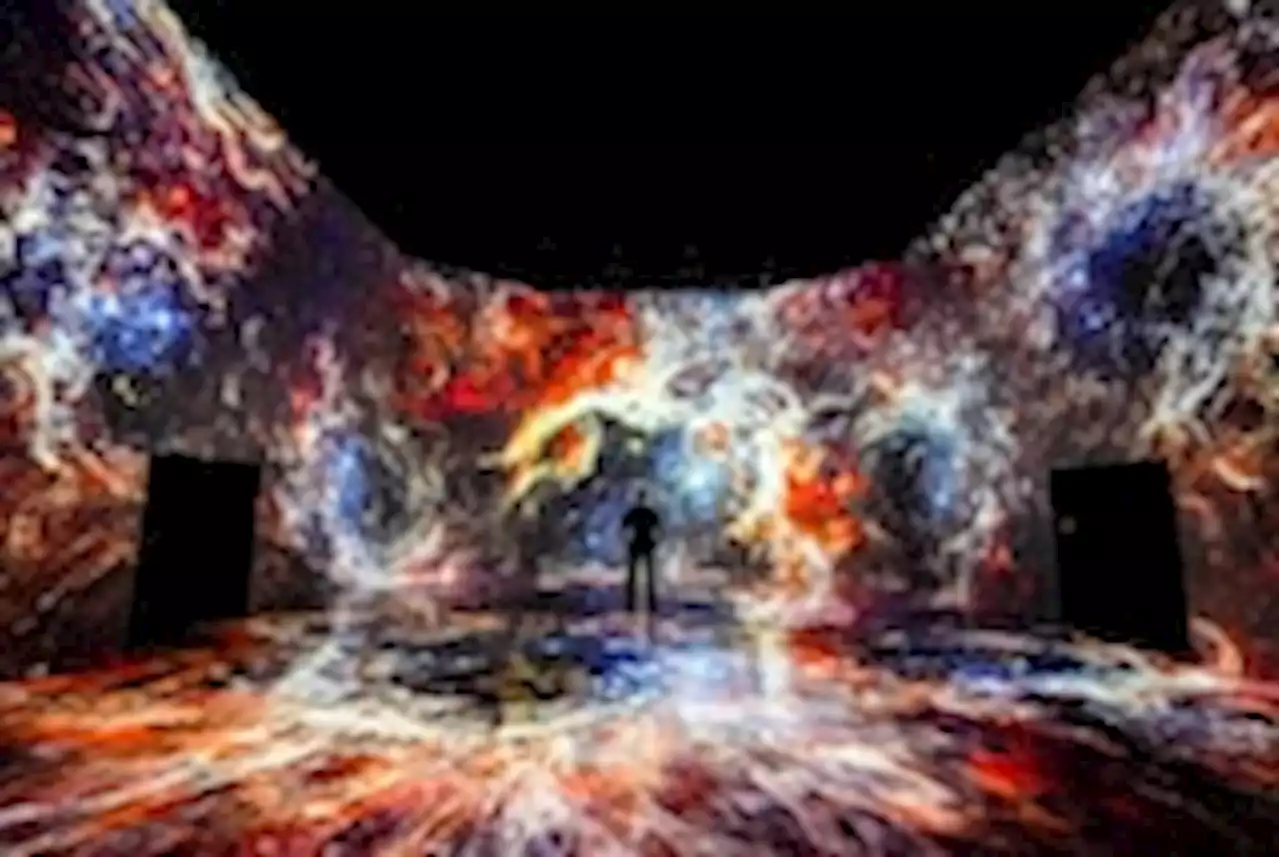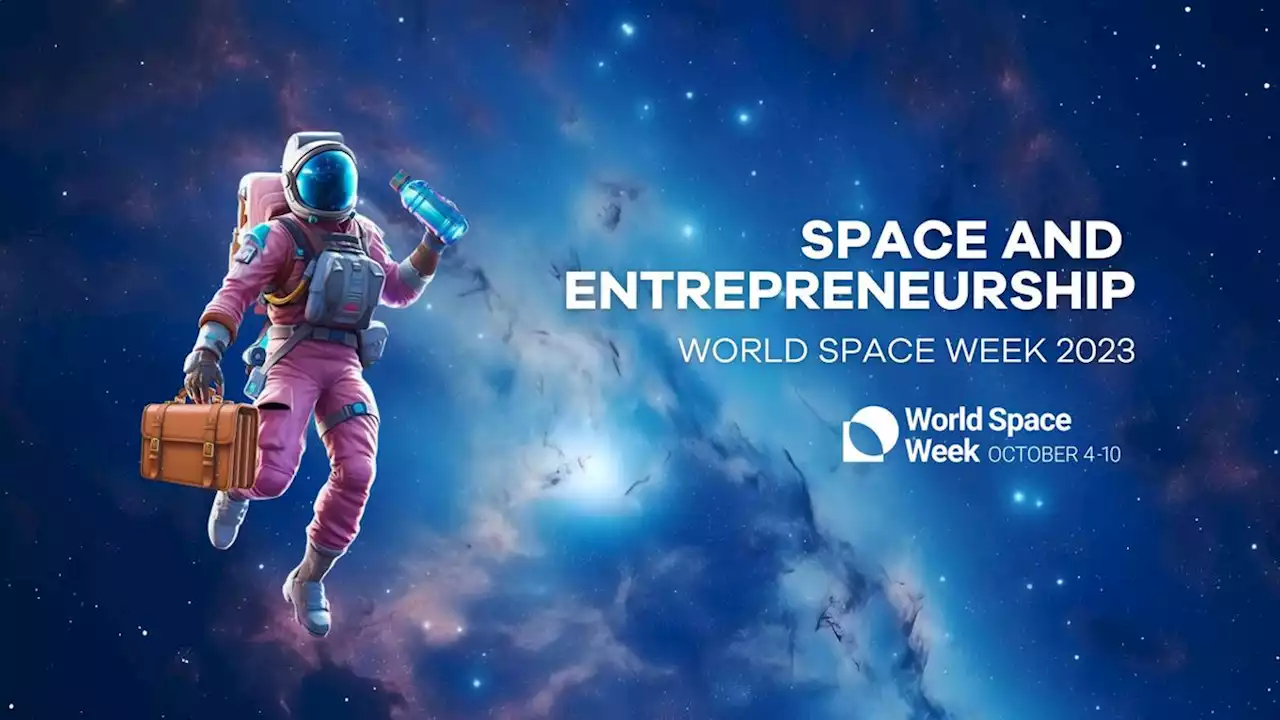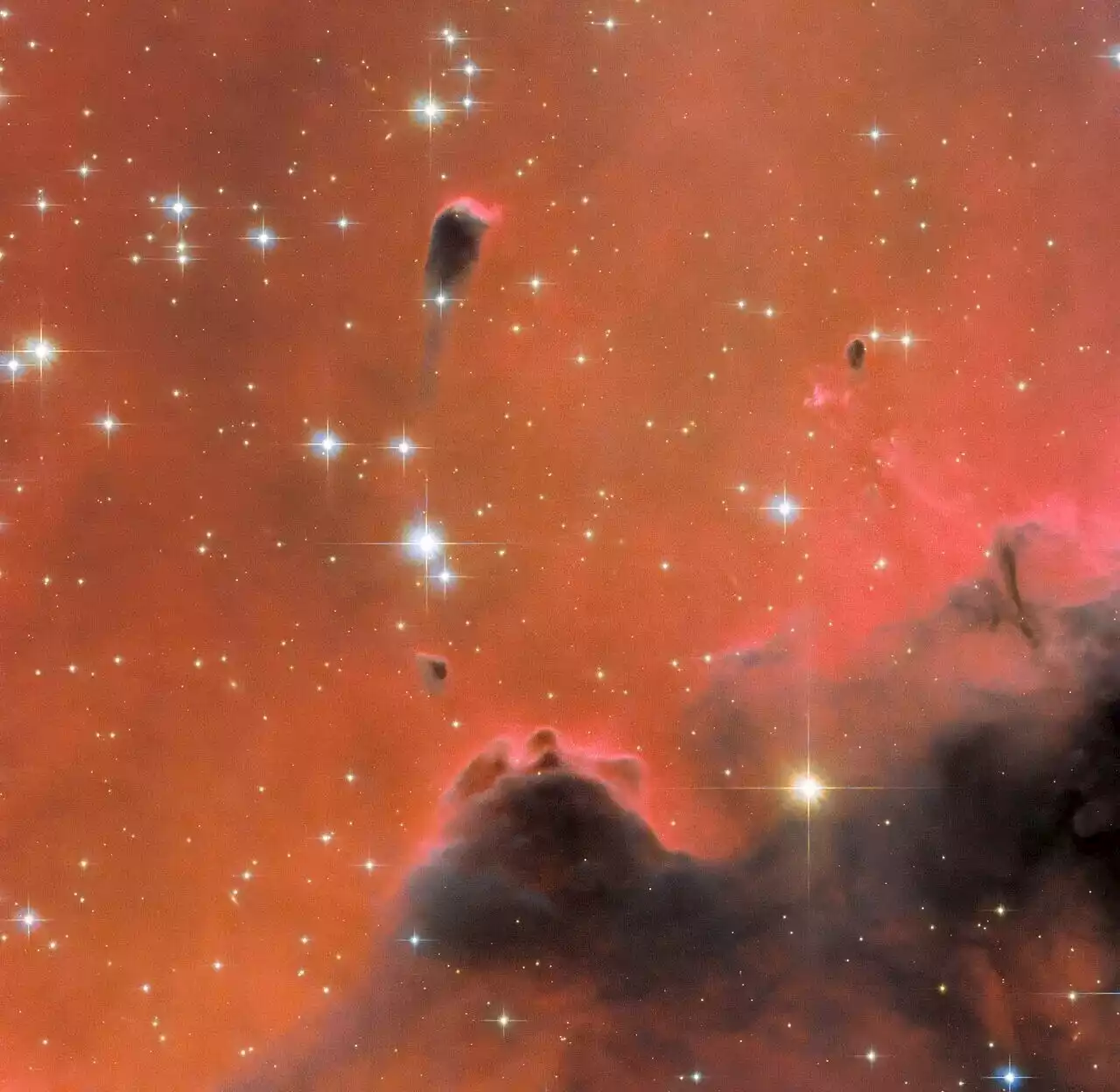In an interview with IE, Momentus Space CTO Rob Schwartz said a 'very small and inexpensive spacecraft' could raise Hubble's orbit and extend its operational lifetime.
Earlier this year, California-based Momentus Space replied to a NASA Request for Information with a proposal to lift the Hubble Space Telescope's orbit using water propulsion.
In a joint bid, California-based Momentus Space and Tokyo's Astroscale claimed they could use water propulsion to take Hubble higher than it has ever gone before., Momentus Space's Chief Technology Officer, Rob Schwartz, explained how the company's method could massively reduce the risk and cost of the operation.Experts estimate that, at its current rate of orbital decay, atmospheric drag will cause Hubble to burn up in Earth's atmosphere at some point in the mid-2030s.
An artist's impression of Momentus' Vigoride-5 spacecraft.In its proposal, Momentus stated its technology would be capable of raising Hubble's orbit by roughly 30 miles , meaning it would end up at a higher altitude than its original orbit. If they prove their technology is feasible, the Hubble team would essentially be able to continue operation for as long as the telescope's hardware holds out.
"Also, the MET uses pure water for propellant," he continued. "That reduces the risk of contamination of the telescope's optics, and eliminates the possibility of a propulsion system fault causing damage to Hubble — though such faults in chemical propulsion systems are admittedly also quite rare.
Momentus says its technology could raise Hubble's orbit by roughly 30 miles .Momentus Space's MET system could also be used in two different ways to tackle the space debris problem. Another system that provides similar benefits is the light sail, which was first demonstrated in Earth orbit by The Planetary Society's LightSail 2 mission in 2019.
Australia Latest News, Australia Headlines
Similar News:You can also read news stories similar to this one that we have collected from other news sources.
 Artechouse exhibit takes on a new wonderland: The cosmosImages from the Hubble and James Webb space telescopes are the backbone of the immersive exhibit.
Artechouse exhibit takes on a new wonderland: The cosmosImages from the Hubble and James Webb space telescopes are the backbone of the immersive exhibit.
Read more »
 World Space Week 2023 kicks off Oct. 4 to highlight the growing private space economyThere may be an event in your area.
World Space Week 2023 kicks off Oct. 4 to highlight the growing private space economyThere may be an event in your area.
Read more »
 One Million XRP Bought at $0.005 in 2014: Ripple CTO Reveals Interesting PurchaseWhat was the lowest price that you bought XRP for?
One Million XRP Bought at $0.005 in 2014: Ripple CTO Reveals Interesting PurchaseWhat was the lowest price that you bought XRP for?
Read more »
 John Carmack, ex-CTO for the Quest 3 and OG Doom developer, thinks AR is overratedOne of the most respected specialists in the field of technology thinks that AR can’t bring success to the XR industry. But is he right?
John Carmack, ex-CTO for the Quest 3 and OG Doom developer, thinks AR is overratedOne of the most respected specialists in the field of technology thinks that AR can’t bring success to the XR industry. But is he right?
Read more »
 Microsoft CTO Kevin Scott on Bing’s quest to beat Google and the future of AI artMicrosoft CTO Kevin Scott discusses AI art, Nvidia, and competing with Google with Decoder.
Microsoft CTO Kevin Scott on Bing’s quest to beat Google and the future of AI artMicrosoft CTO Kevin Scott discusses AI art, Nvidia, and competing with Google with Decoder.
Read more »
 Hubble views a glistening red nebula Westerhout 5Just in time for the fall foliage season, this image from the NASA/ESA Hubble Space Telescope features a glistening scene in red. It reveals a small region of the nebula Westerhout 5, which lies about 7,000 light-years from Earth. Suffused with bright red light, this luminous image hosts a variety of interesting features, including a free-floating Evaporating Gaseous Globule (frEGG).
Hubble views a glistening red nebula Westerhout 5Just in time for the fall foliage season, this image from the NASA/ESA Hubble Space Telescope features a glistening scene in red. It reveals a small region of the nebula Westerhout 5, which lies about 7,000 light-years from Earth. Suffused with bright red light, this luminous image hosts a variety of interesting features, including a free-floating Evaporating Gaseous Globule (frEGG).
Read more »